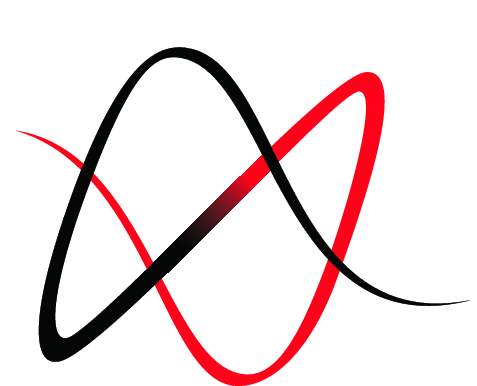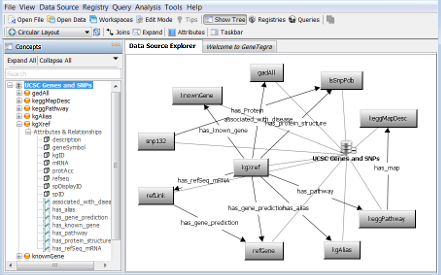Using GeneTegra, scientists are able to create harmonized representations of data sources of disparate formats using automated and semi-automated processes. The semantic capabilities of GeneTegra enable scientists to use the exploration features of its data sources to identify the data silos that may exist within an institution. GeneTegra includes mechanisms to enrich the generated representations of data sources by adding explicit relationships between nodes and applying data dictionaries to facilitate the data association.
The GeneTegra Data Explorer features a Concepts Tree and an Ontology Browser. The Concepts Tree displays the ontology in an expandable tree structure with preview of data and concept relationships. The Ontology Browser presents the data model in a visual format that offers a 2-dimensional view of the concepts and the relationships between one another. Ontology concepts and their attributes are annotated with information from a data dictionary or directly annotated using the Information Panel. New relationships for data models can be defined in the Data Explorer panel, a valuable feature when working with integrated data models from separate data sources. Among other practical features that expand the data model, the user can restrict data values to a set of predefined values or add custom attributes and calculated fields.


